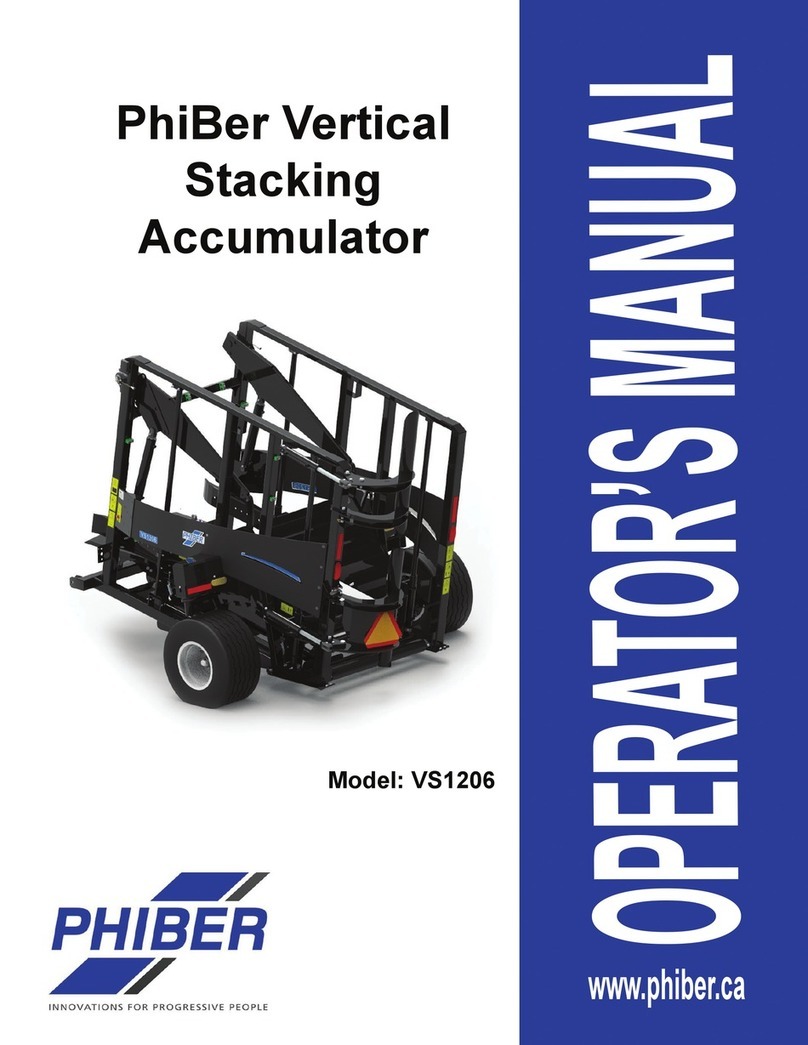
iv
FIELD OPERATION........................................................................................................18
AUTOMATIC BALE EJECTION................................................................................................18
MANUAL BALE EJECTION.....................................................................................................18
SOLID BALES REQUIRED......................................................................................................19
HOLD MODE .......................................................................................................................19
ISOBUS SOFTWARE...........................................................................................................19
ICON GUIDE........................................................................................................................20
START-UP...........................................................................................................................20
HOME PAGE .......................................................................................................................21
ACCUMULATOR SETUP PAGE...............................................................................................21
SCALE PAGE.......................................................................................................................22
DIAGNOSTIC PAGE ..............................................................................................................22
MANUAL MODE HOME PAGE................................................................................................22
PHIBER ACCUMULATOR APP........................................................................................23
PLANNING MODE.................................................................................................................23
HOW THE ZONES WORK ......................................................................................................24
BALE EJECT MODE..............................................................................................................24
BLUETOOTH AND WIFI CONNECTION.....................................................................................24
REMOTE CONTROL..............................................................................................................25
MANUAL EJECT..................................................................................................................25
UPDATING ACCUMULATOR SOFTWARE THROUGH APP...........................................................25
DOWNLOADING AND SENDING LOG FILES .............................................................................25
BALE TRIGGER ADJUSTMENT........................................................................................26
BALE TRIGGER VERTICAL ADJUSTMENT................................................................................26
BALE TRIGGER HORIZONTAL ADJUSTMENT ...........................................................................26
TRANSPORTING ...........................................................................................................26
STORAGE....................................................................................................................27
RECOMMENDED SETTINGS ......................................................................................28
MAINTENANCE............................................................................................................29
LIMIT SWITCHES..................................................................................................................30
WHEEL LUG NUTS...............................................................................................................30
ROLLER BEARINGS..............................................................................................................30
HITCH PIVOT.......................................................................................................................31
BALE TRIGGER SPRING TENSION .........................................................................................31
WHEEL BEARINGS...............................................................................................................31
HYDRAULIC CYLINDER REPLACEMENT..................................................................................32
HYDRAULIC SCHEMATIC ...............................................................................................33
ELECTRICAL SCHEMATIC ..............................................................................................34
LIGHTS........................................................................................................................36
TROUBLESHOOTING..................................................................................................37
INSTALLATION............................................................................................................39
HITCH KIT MOUNTING GUIDELINES................................................................................39
PREPARE TRACTOR AND BALER...........................................................................................39





























